Introduction
The Nonikkor-MC 11mm f/1.8 for APS-C cameras is an ultra-wide-angle lens with an impressive f/1.8 maximum aperture, designed by Artra Lab. It’s a modern vintage lens—if that makes sense. In both appearance and name, it’s clearly a remake of classic Ai and Ai-S Nikkor lenses from the late ’70s and early ’80s. It has a desirable aesthetic for nostalgic photographers and those who appreciate manual operation, especially fans of classic Nikon glass—whether or not they currently use a Nikon camera. Let’s take a look at how it performs!
![]() I tested this lens on a 22 Mpx Nikon Zfc.
I tested this lens on a 22 Mpx Nikon Zfc.
 You can see this review as a YouTube video here!
You can see this review as a YouTube video here!
![]() Sample images in high resolution here.
Sample images in high resolution here.
Sample Images


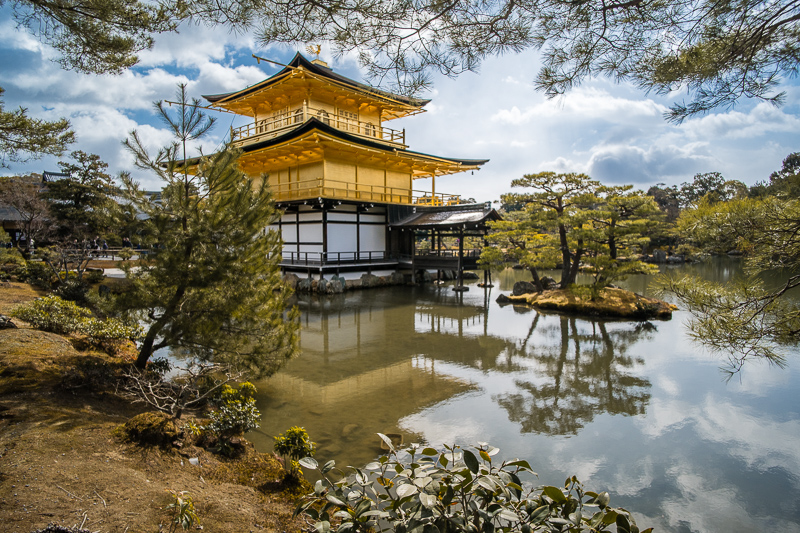
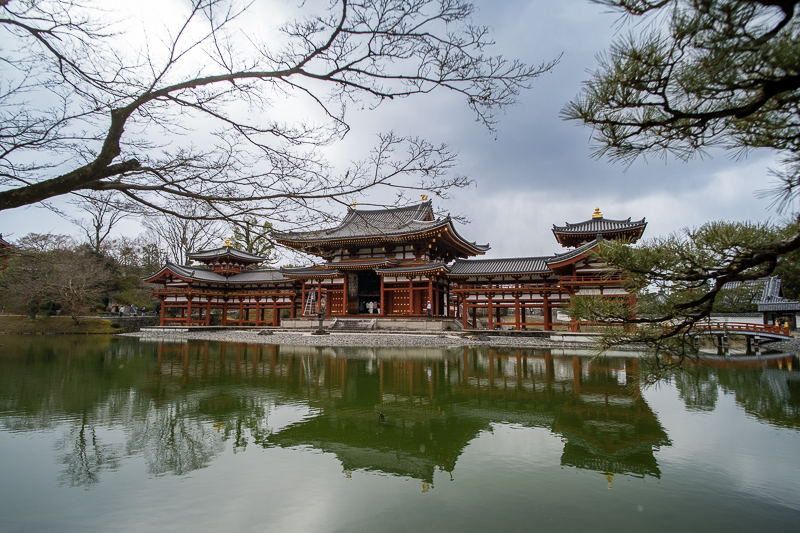

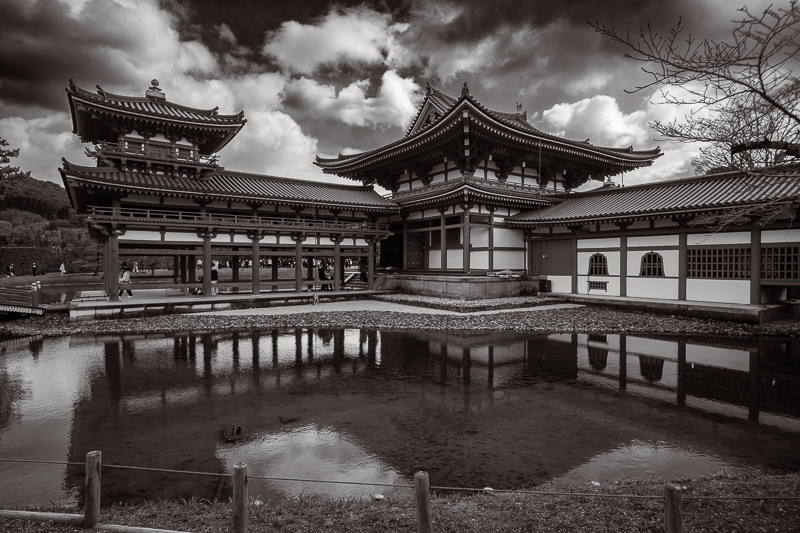
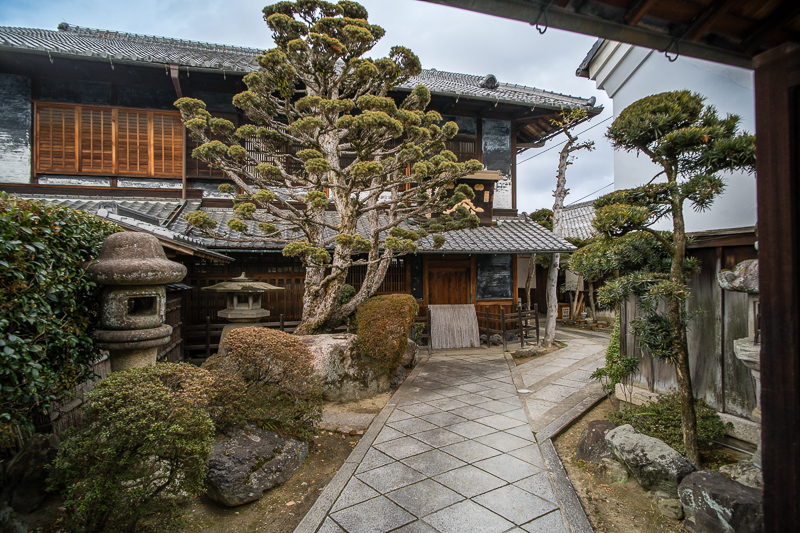





Most of the sample images in this review and many more can be found in higher resolution here.
Specifications
| Focal Length | 11mm |
| Angle of View | 97° |
| # of Aperture Blades | 10 |
| Max Aperture | f/1.8 |
| Min Aperture | f/22 |
| Min Focus Distance | 0.18 m |
| Filter Size | 62mm? |
| Lens Mount | Nikon Z, Fuji X, Sony E |
| Weight | 350 g |
| Size (D x L) | 66 x 55.5 mm |
| Elements/Group | 13 / 9 |
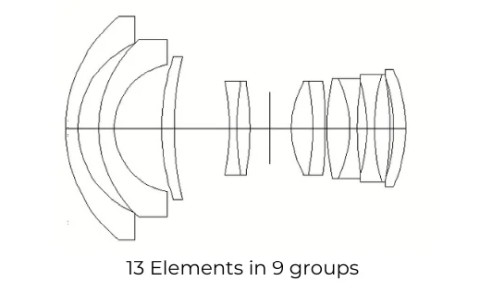
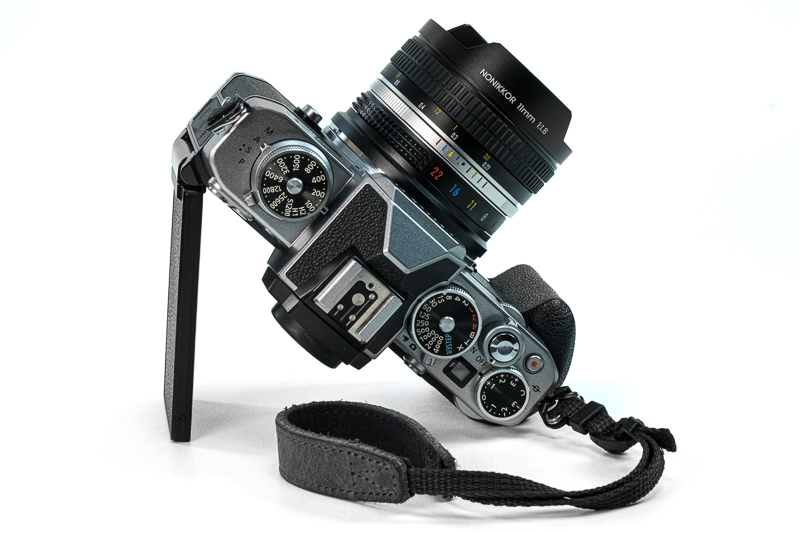
| Buy new:
B&H $350 (Affiliate links) |
Disclosure
Artralab kindly provided this lens for test and review purposes, although as usual, this is a completely independent review.
Handling and Build Quality
The Artralab Nonikkor 11mm f/1.8 is a fully manual lens with no electronic contacts, meaning no autofocus, no aperture control from the camera, and no EXIF data transmission. The lens features an all-metal construction, with an aluminium alloy body and a brass lens mount.

The focus ring is nicely damped and turns smoothly over 130°. The distance markings, in meters and feet, are engraved and filled with paint. Next is a colour-coded depth of field scale, along with an infrared focus mark on the barrel. The aperture ring has full-stop clicks, with engraved aperture values filled with paint. Unlike most Chinese manual focus lenses, the aperture values on the ring are evenly spaced, similar to classic Nikon lenses.
However, there is a major difference between this lens and classic Ai lenses: there is no f/5.6 marking, and it’s not a mistake. Even more peculiar, my tests showed that moving from one aperture click to the next does not always result in a precise doubling or halving of the light passing through the aperture.

From f/1.8 to f/2.8, the light decreases by 1/3 EV; from f/2.8 to f/4, by another 1/3 EV. Then, from f/4 to f/8 (only one click stop for two f-stops), the light decreases by another 2/3 EV, from f/8 to f/11 by 1 EV, from f/11 to f/16 by 1.3 EV, and finally from f/16 to f/22 by 2.3 EV.
This indicates that while the aperture stops are marked and clicked equidistantly, the actual light transmission changes irregularly.

The lens features a minimal, fixed petal-shaped hood and a bulbous front element, which prevents filters from being mounted directly. However, the metal front cap, attached by friction, can be converted into a filter adapter.
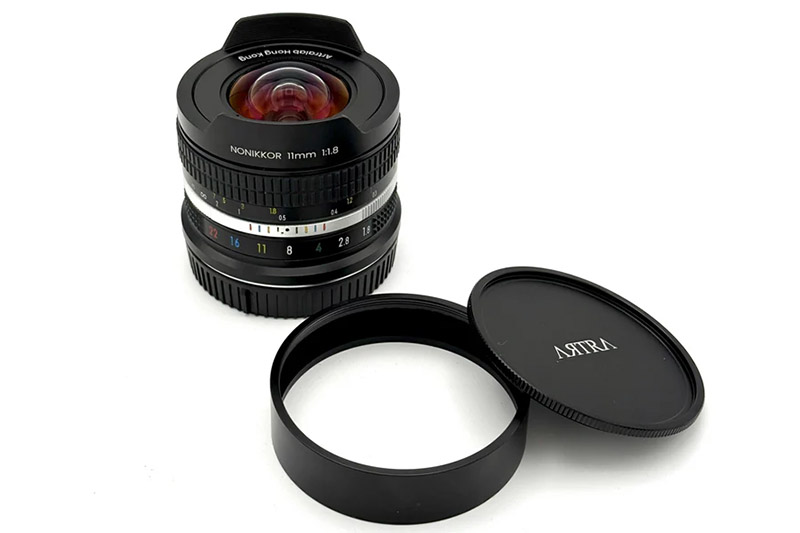
Optical Features

Sharpness (Infinity)
For the infinity sharpness test, we look at three areas of the image, centre, mid-frame, and corner, see highlighted areas in the image below!

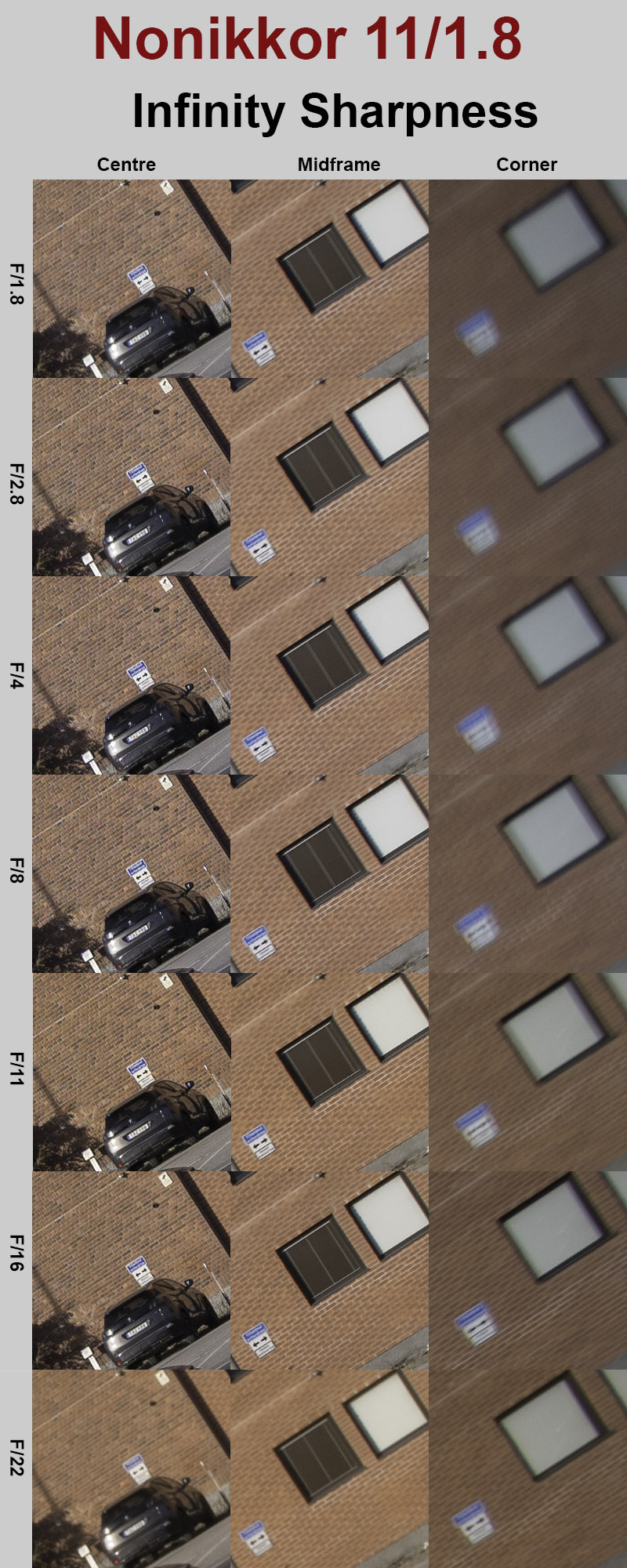
Centre sharpness is good wide open at f/1.8, improving gradually when stopped down. It becomes very good at f/4 and excellent at f/11. Diffraction reduces sharpness at f/16, and by f/22, it drops significantly.
Midframe sharpness is mediocre at wider apertures, only reaching a good level by f/11. It improves further at f/16 but deteriorates at f/22 due to diffraction
Corner sharpness is weak but improves to a usable level when stopped down, though it never becomes truly good.
Sharpness (Portrait)
Let’s look at the points of interest for portraits at the portrait distance: the very centre, the centre’s inner periphery (1/3 rule intersection), and the centre’s outer periphery (1/4th intersection).
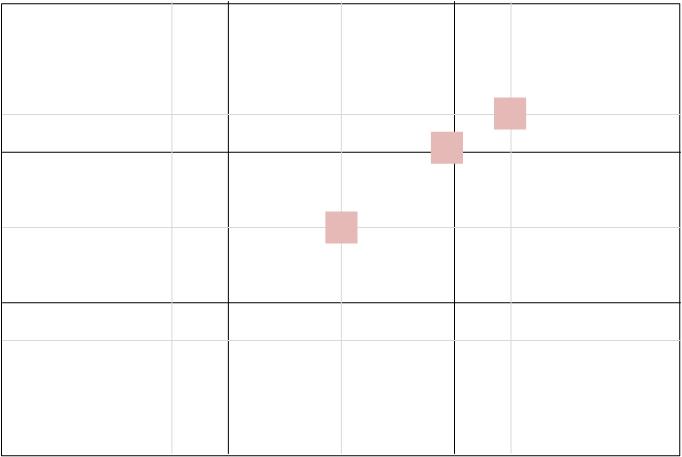

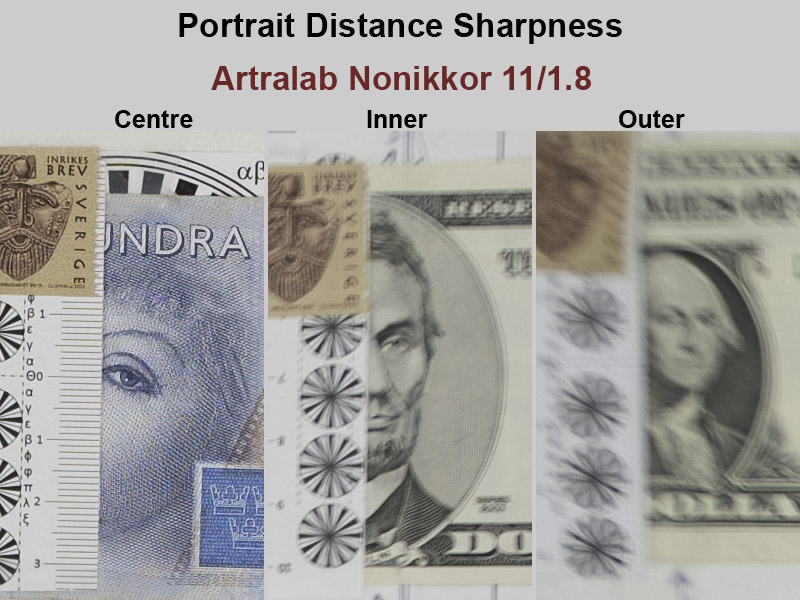
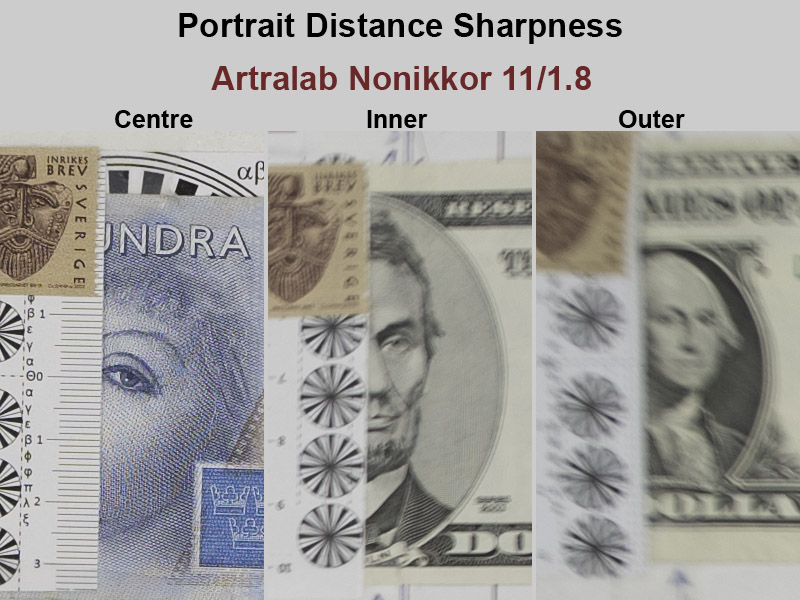
At portrait distance (around 0.6 m for this lens), sharpness is very good in the centre at f/1.8 but noticeably weaker outside the centre. Centre sharpness becomes excellent at f/2.8, but unfortunately, the inner and outer areas don’t improve enough to achieve good sharpness, not even at f/4.
Sharpness (Close-up)
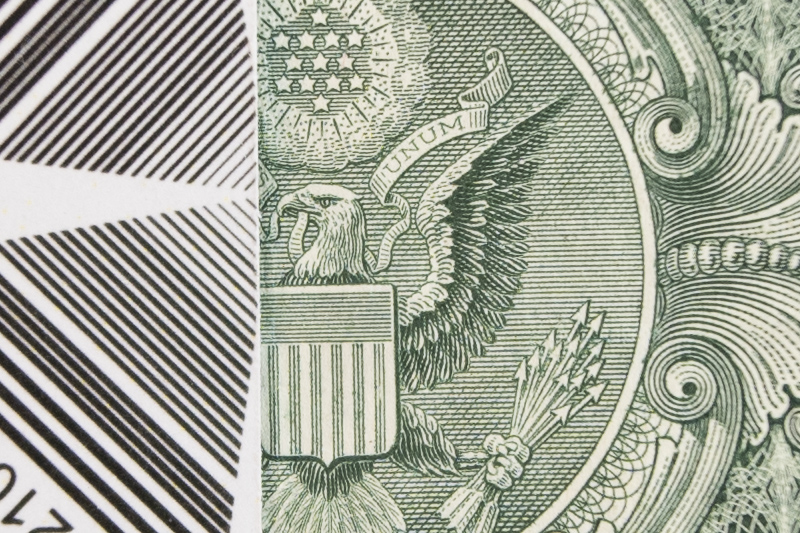
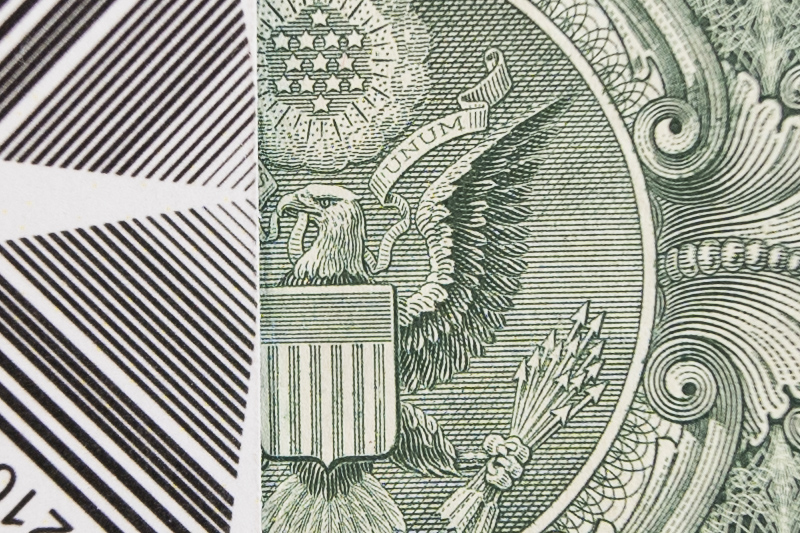
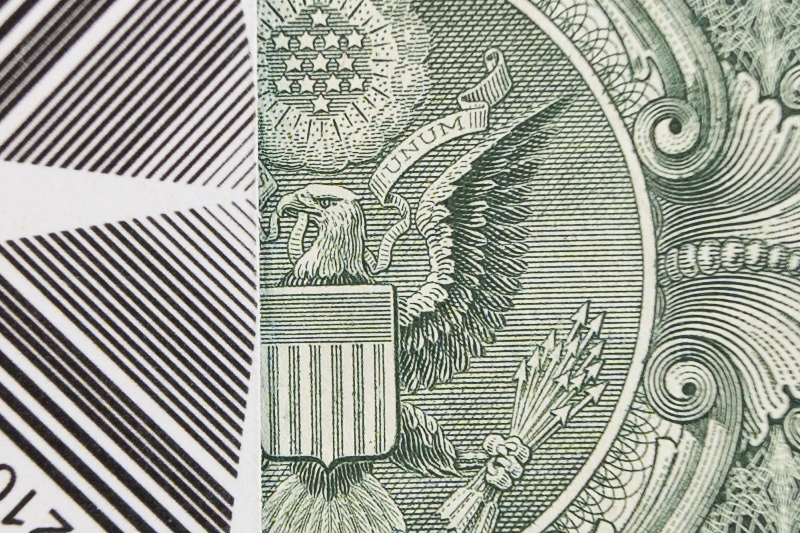
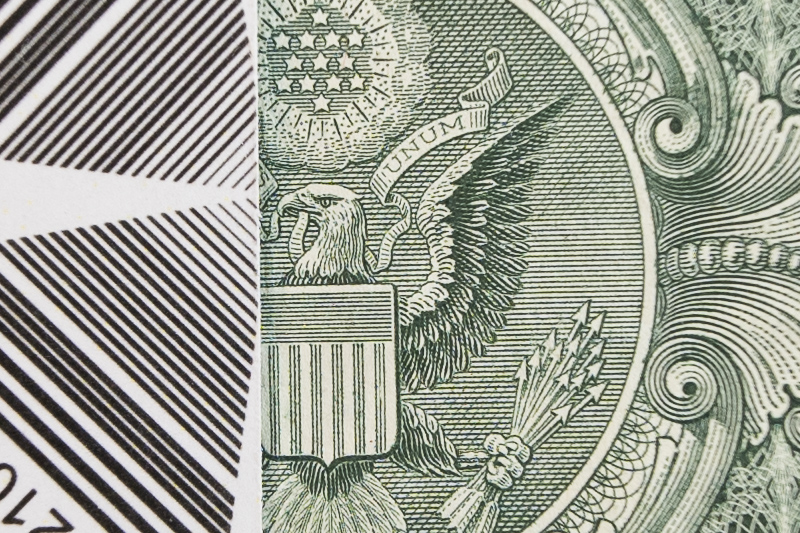
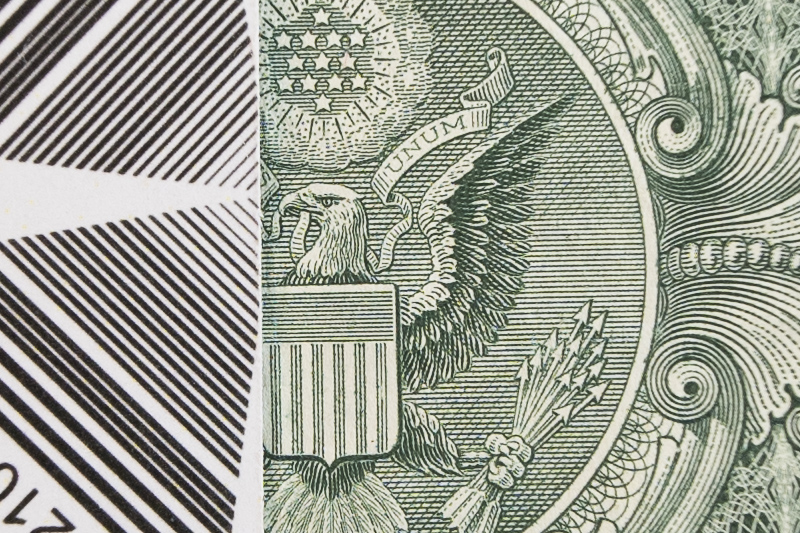


The trend here is similar to what we see with infinity sharpness—very good at f/1.8, excellent from f/2.8 to f/11. There’s a slight dip at f/16, which becomes more pronounced at f/22, significantly reducing sharpness.
Lens Distortion
The lens distortion is very good as you can hardly see any, virtually a zero-distortion lens.
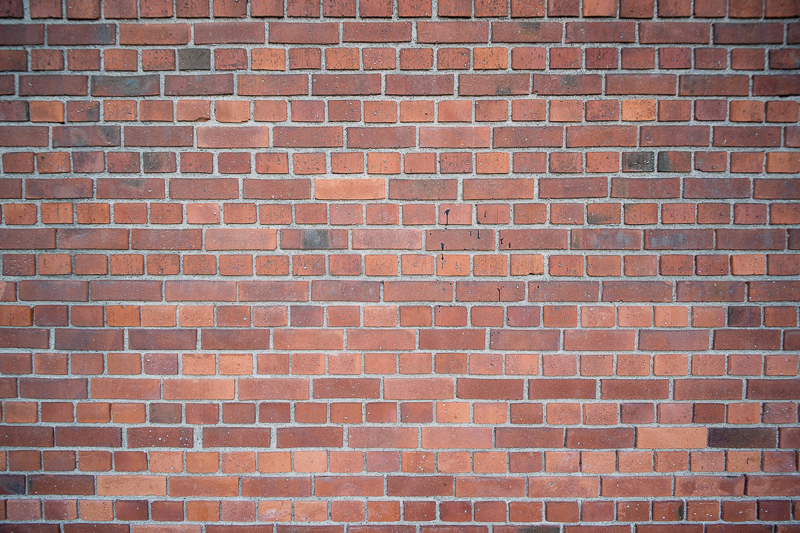
Vignetting
The Nonikkor 11mm f/1.8 has extreme vignetting. Stopping down helps slightly, but even at f/8, the light fall-off remains significant. While you can fix it in post, this lens has some of the highest vignetting you’ll find.
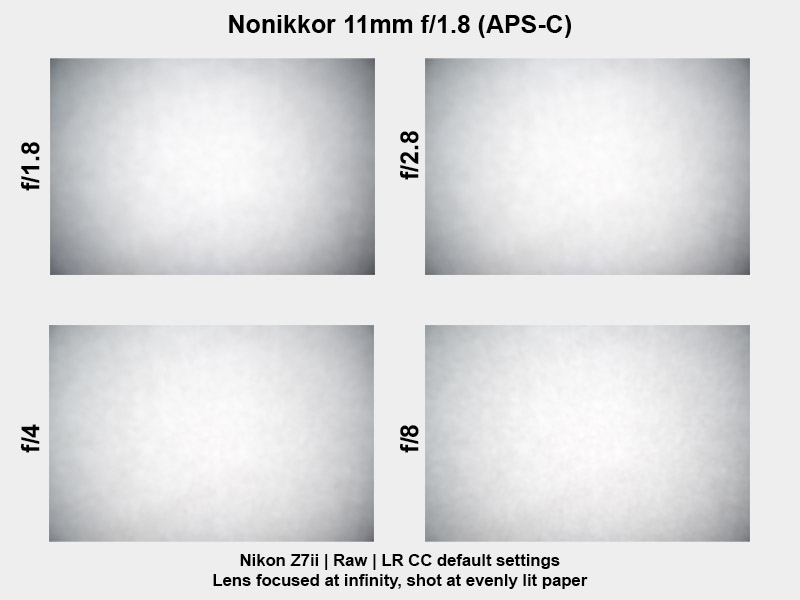
- F/1.8: 3.5 EV
- F/2.8: 3.3 EV
- F/4.0: 3.0 EV
- F/8.0: 2.5 EV
Focus Shift & Aberrations
The Nonikkor 11mm f/1.8 suffers from a modest amount of longitudinal chromatic aberration wide open at f/1.8. It improves significantly by stopping down one click to 2.8, is almost gone at f/4, and disappears completely at f/8.
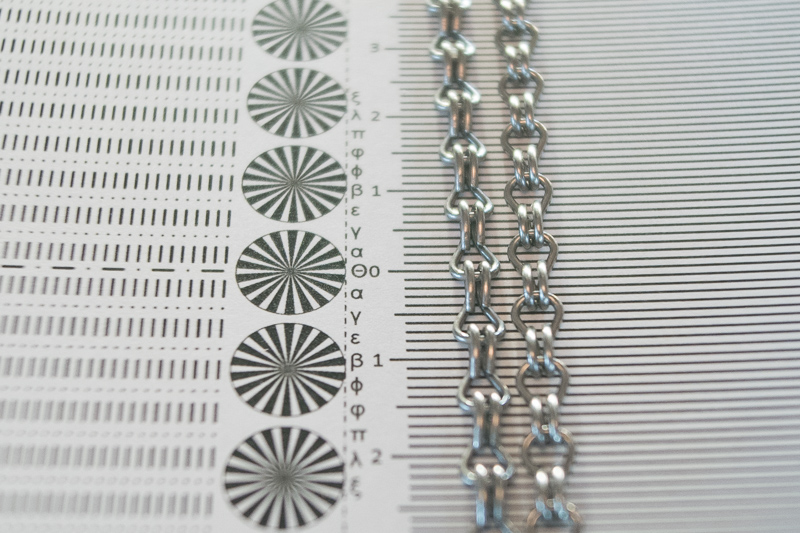
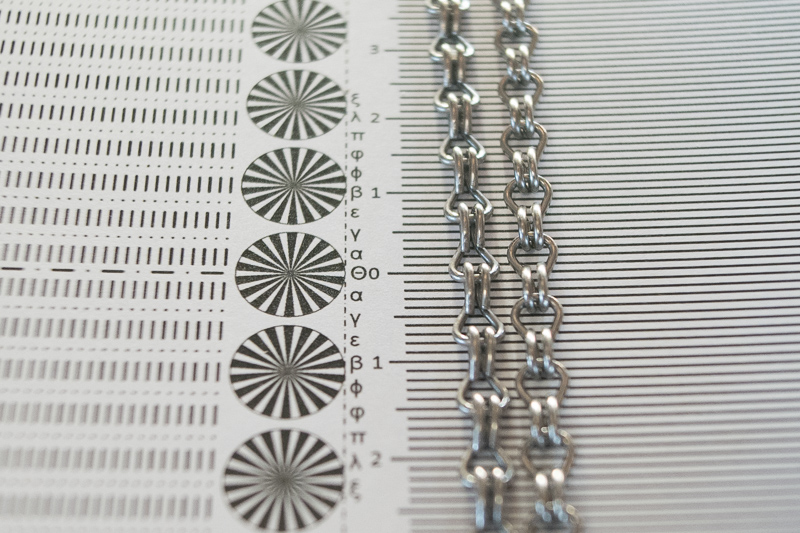

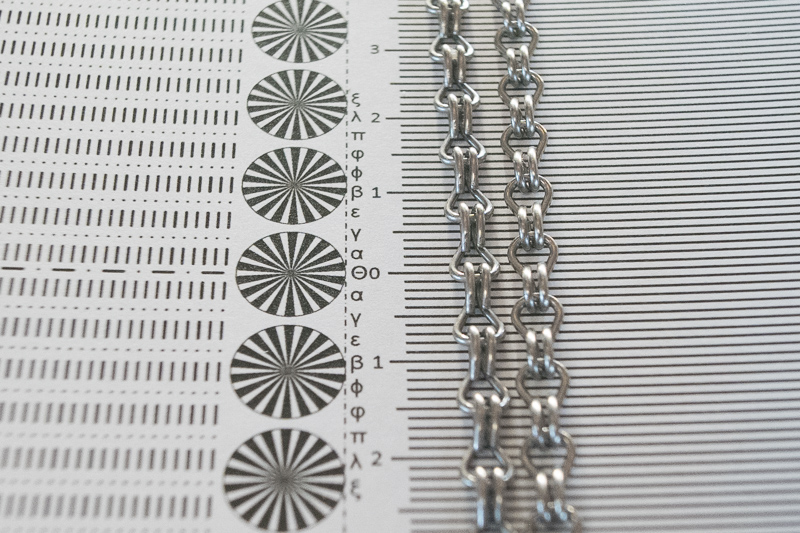
It also exhibits some lateral chromatic aberration as seen in the image below, but can be corrected easily in post.
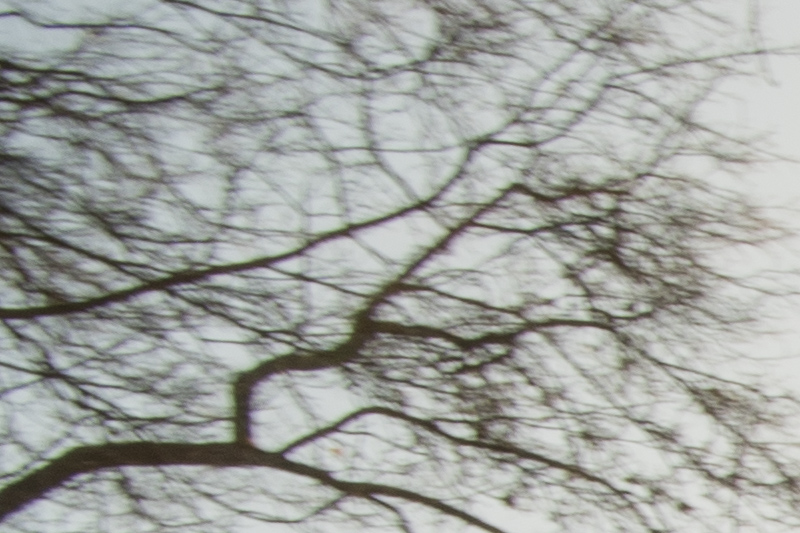

Flare Resistance
The Artralab Nonikkor-MC 11mm f/1.8, as the name suggests, is a multi-coated lens. Its multi-coating effectively reduces veiling flare, producing contrasty images with rich colours in most situations. However, flare resistance leaves a lot to be desired. While it handles veiling flare fairly well, ghosting flare of all kinds appears easily in various situations.
Coma
The Nonikkor 11mm f/1.8 suffers from coma at wider apertures. To get rid of it, you need to stop down to f/8.
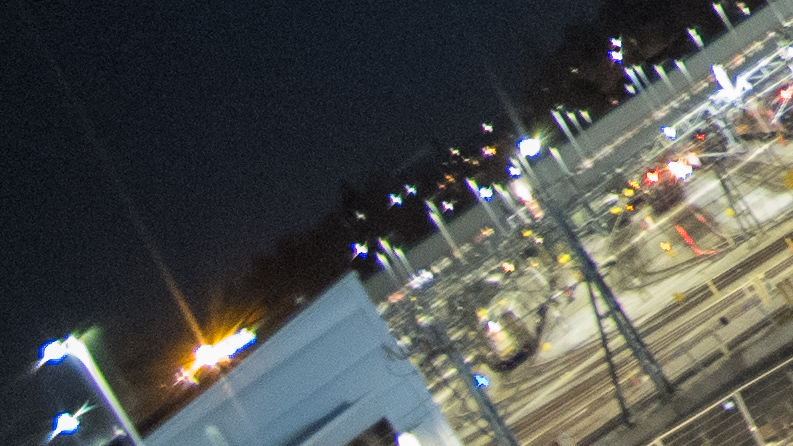
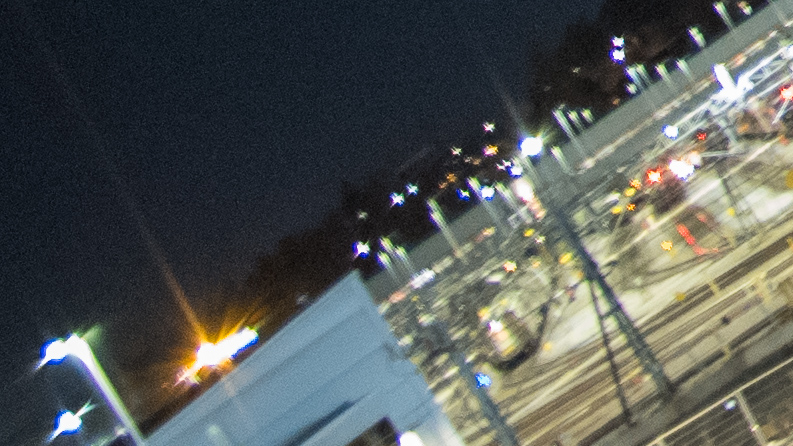
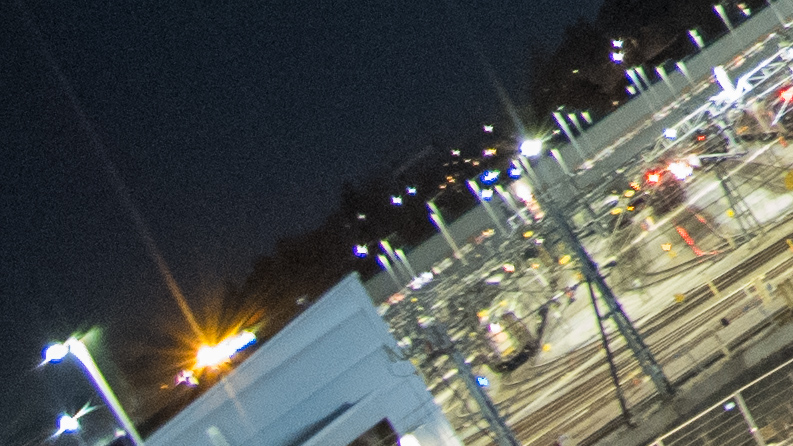
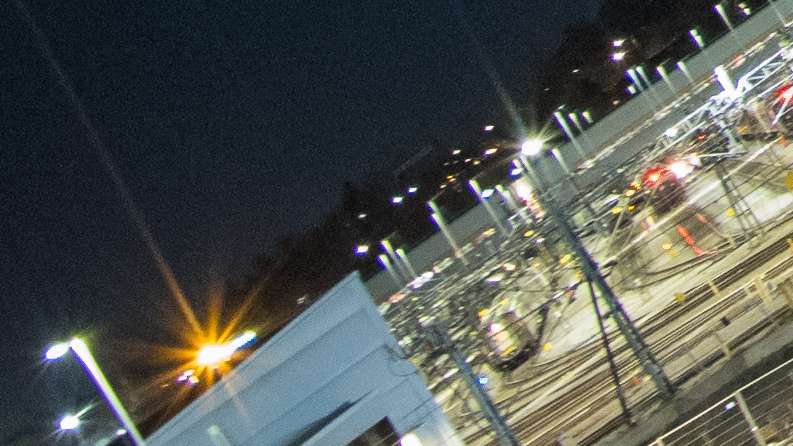
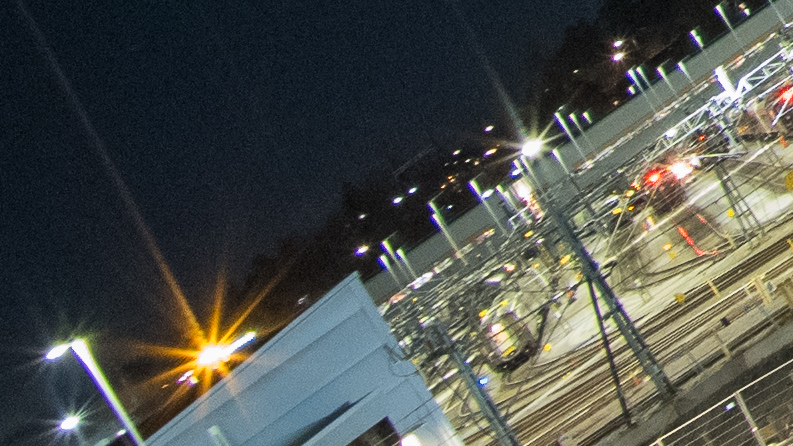
Sunstars
The Nonikkor 11mm f/1.8 produces nice, well-defined sunstars at f/22. It can also create them at smaller apertures, starting from f/8, but they are less defined.


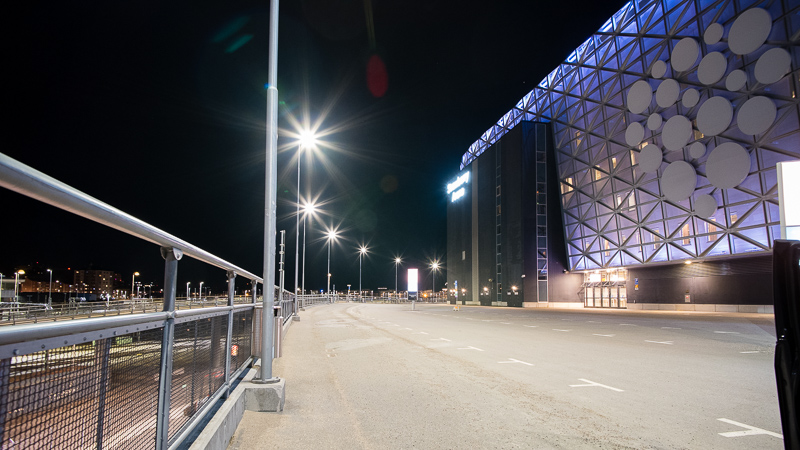


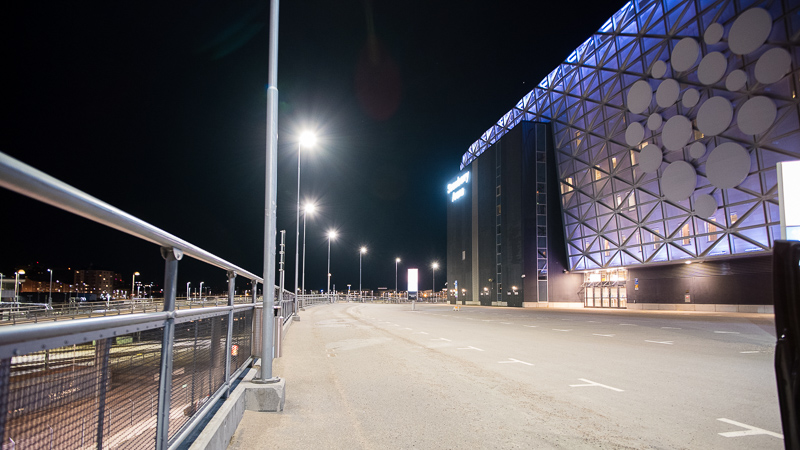
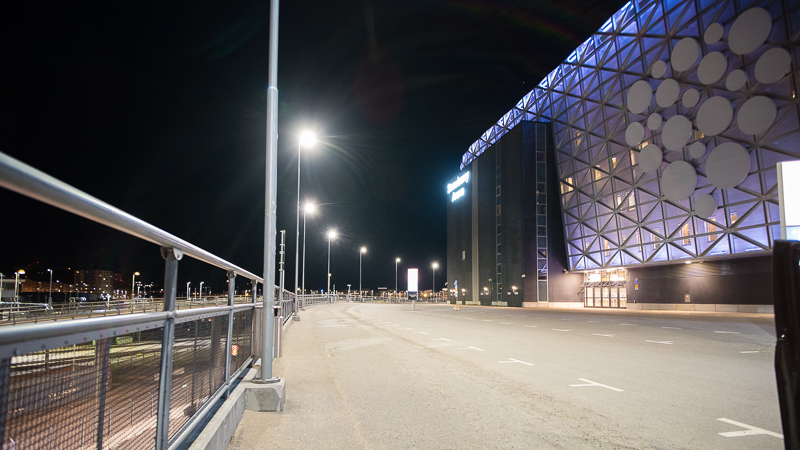
Focus Breathing
This lens exhibits a small but noticeable amount of focus breathing.
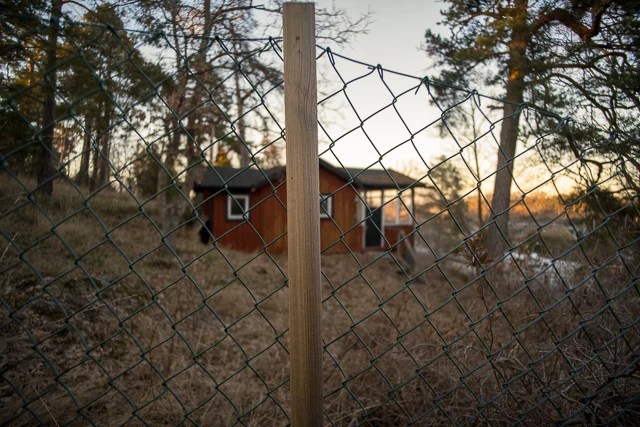
Bokeh
An APS-C 11mm lens equialent to 16mm on fullframe cameras is nothing to expect nice bokeh from, but from very close distances you can get some background blur. Even at extremely close distances the background blur is busy though.


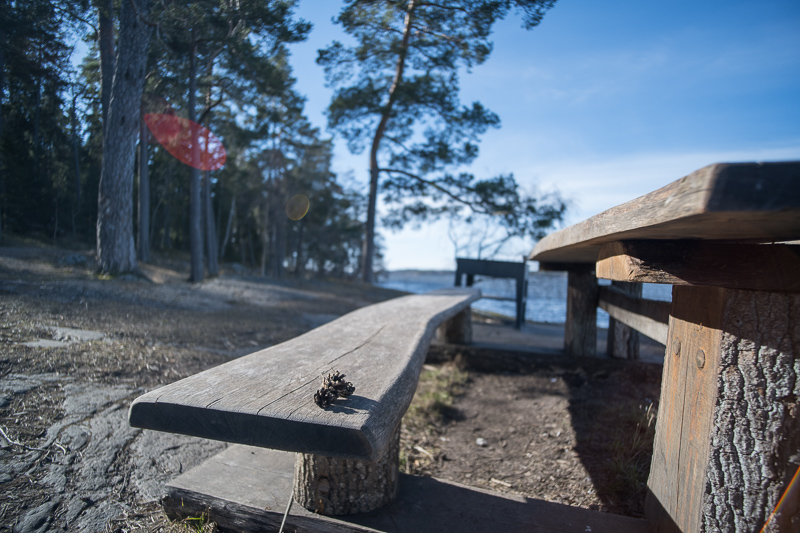
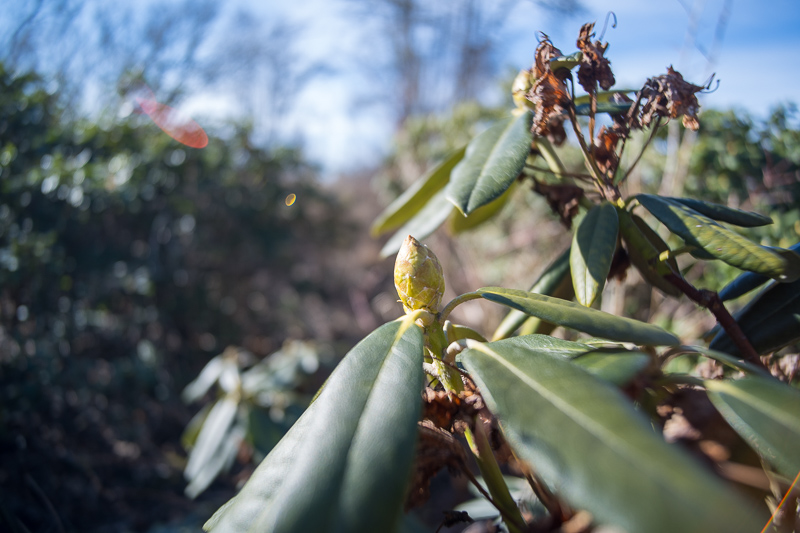
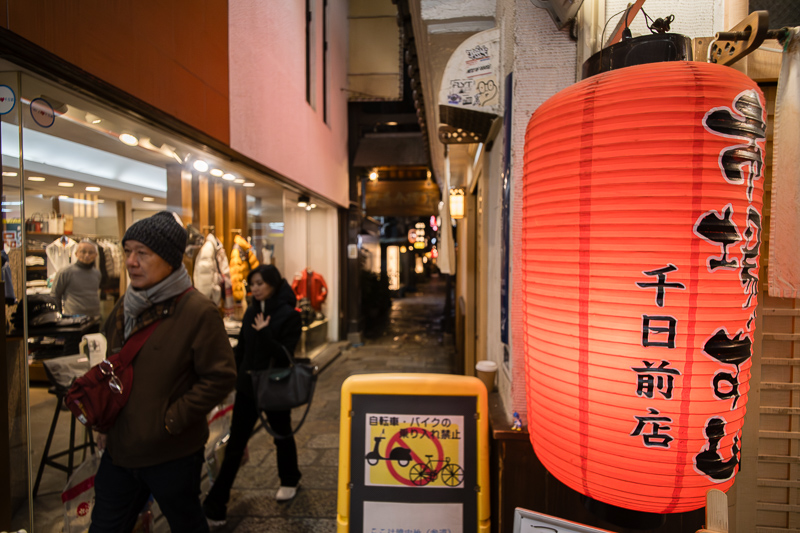
Nikon Zfc | Artralab Nonikkor-MC 11mm f/1.8 | f1.8
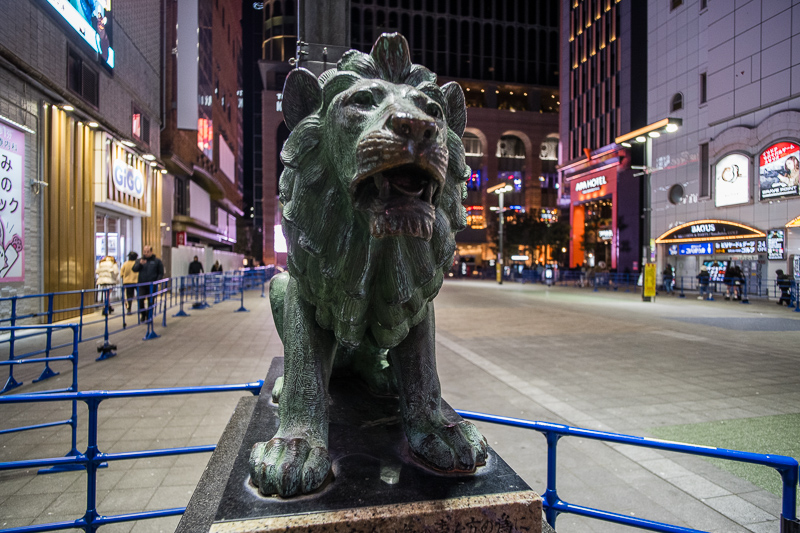
Conclusion
| I LIKE | AVERAGE | I DON’T LIKE |
| Centre sharpness Lens distortion control Vintage look Veiling flare resistance |
Chromatic aberrations Sunstars Coma Focus breathing Price |
Vignetting Sharpness off-centre Ghosting flare |
Artralab has clearly aimed to replicate a vintage lens, and they’ve succeeded—both in appearance and performance.
Let’s get this out of the way: this isn’t a lens for pixel peepers. Optically, it can’t compete with modern top-tier glass. However, as a retro-style lens, it offers very good to excellent centre sharpness, contrast, colours, and zero distortion, placing it on the same level as high-quality vintage lenses.
Besides, there have never been APS-C vintage lenses, and even in the full-frame world, you won’t find any rectilinear vintage lenses as wide as this one’s 16mm equivalent focal length.
Stopped down, sharpness is solid across most of the frame, with high contrast and rich colours. The lack of distortion makes it a great choice for architectural photography. If you’re into vintage lenses—both in terms of aesthetics and rendering—you really can’t go wrong with this one. The design nails the classic Nikon AI/AIS look, which many love. Handling is also reminiscent of a new AI lens, with smooth manual focusing and a clicked aperture ring—though light transmission per click is a bit unusual. Additionally, since vintage APS-C lenses were never made, this is the only way APS-C users of Nikon Z, Fujifilm, and Canon cameras can achieve that classic vintage look and feel.
Writing articles like this one is both time-consuming and costs us a lot of money. If you found this article helpful and decided to buy one of these lenses, please consider using one of the affiliate links.
If you are not interested in buying any of the lenses, but you still found this article useful, interesting, or it saved you a lot of money, treat us to a coffee (donate)!
| Buy new:
B&H $350 (Affiliate links) |
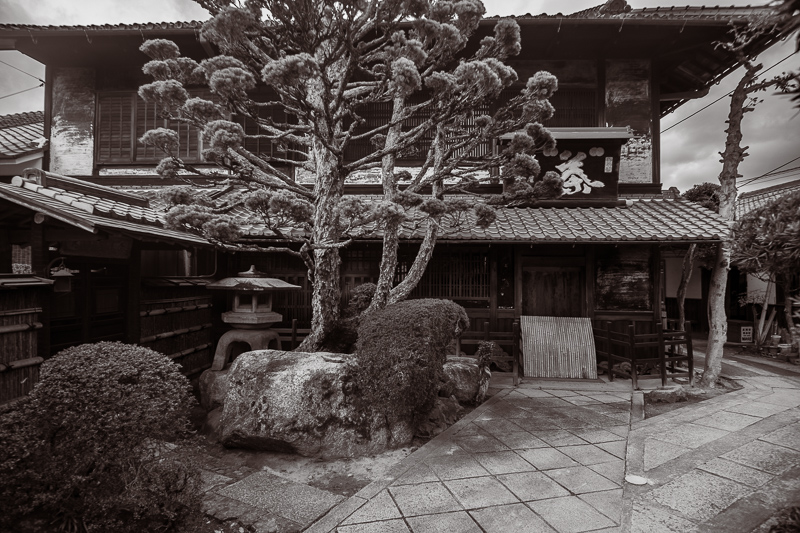
Alternatives
TTArtisan 10mm f/2
A lens with at about the same focal length but not as good in distortion control or flare resistance but with much nicer sunstars, better vignetting and a more modern look. It is almost half the price of this lens though and the most budget friendly option.
Buy it from the TTArtisan Store $151 or Amazon (anywhere) for $169
LAOWA 9MM 2.8 Zero-D APS-C
It has a wider angle of view than the Nonikkor, but it is more than one stop slower. Smaller and lighter than the Nonikkor. A little more expensive than the Nonikkor.
Buy new: LAOWA Store, Amazon (anywhere) $399 (Affiliate links)
Buy used: ebay.com, ebay.de, ebay.co.uk (Affiliate links)
NISI 9mm 2.8 APS-C
It has a wider angle of view than the Nonikkor, but it is more than one stop slower. Smaller and lighter than the Nonikkor. Very good flare control. Higher price than the Nonikkor 11mm
Buy new: NISI Store, Amazon (anywhere) for $459 (Affiliate links)
LAOWA 10mm f/4 Cookie
It is like a pancake lens and a lot smaller and lighter than all the alternatives, but it is more than two stops slower.
Buy new: LAOWA Store, Amazon (anywhere) for $299 (Affiliate links)
Buy used: ebay.com, ebay.de, ebay.co.uk (Affiliate links)
Meike 10mm f/2
Another alternative with the same focal length and f2 maximum aperture. The Meike has more complex optical design is heavier and larger than the most of the lenses in the list.
Buy new: Amazon (anywhere) for $349
More Sample Images
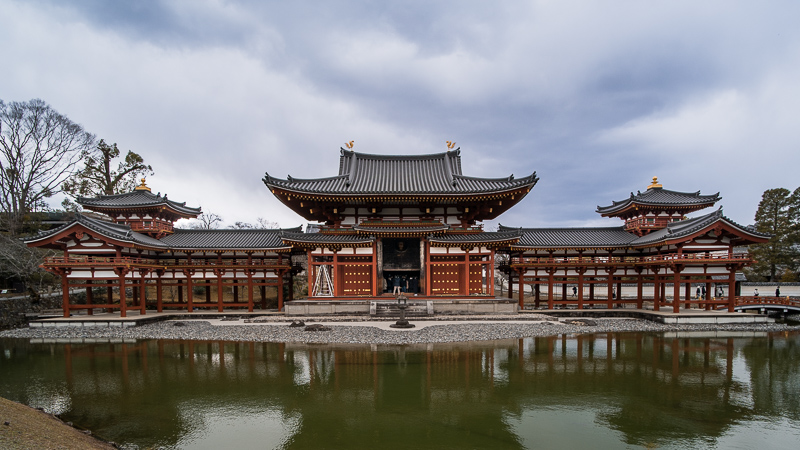
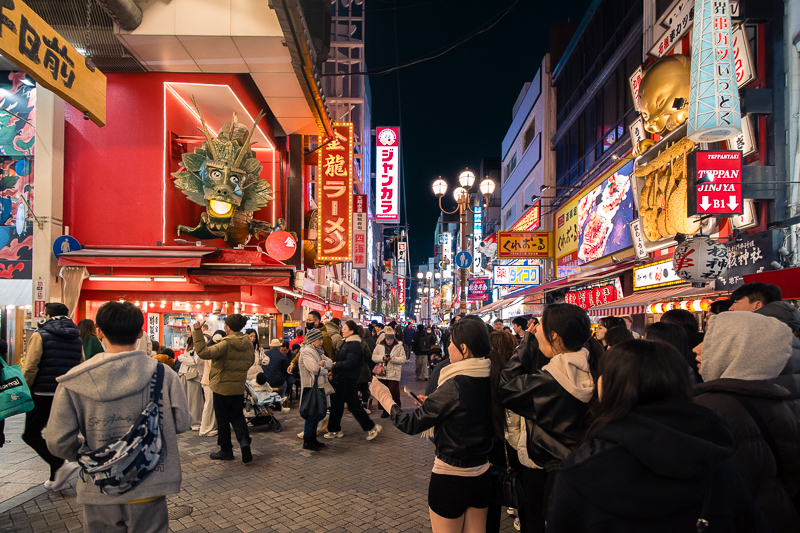
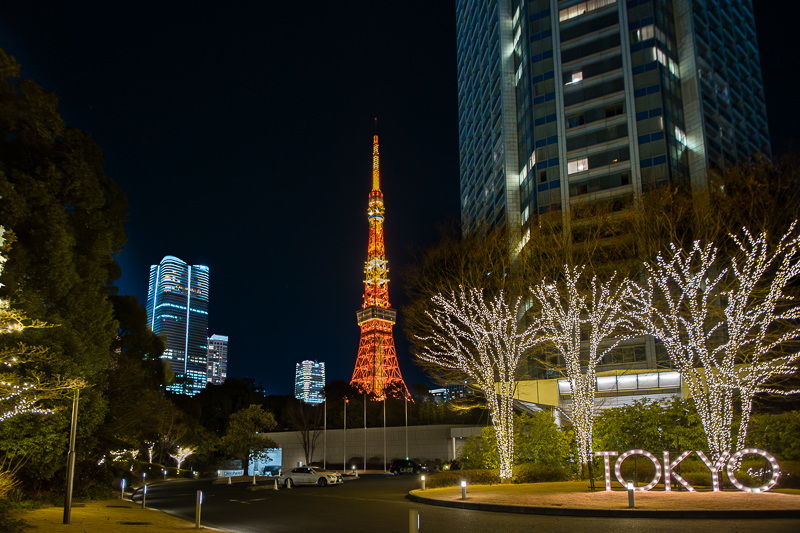

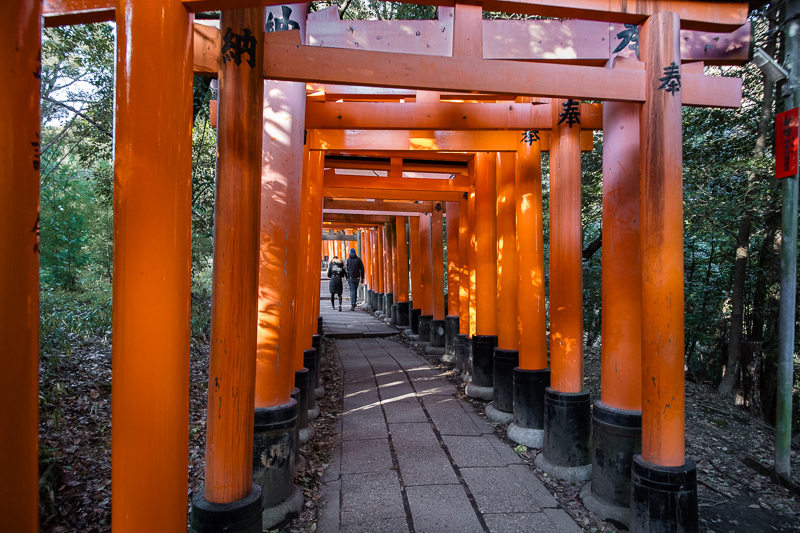
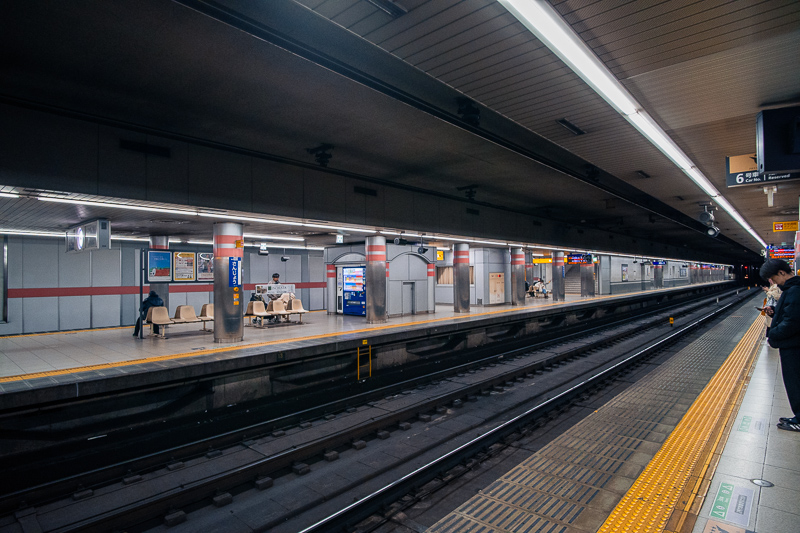
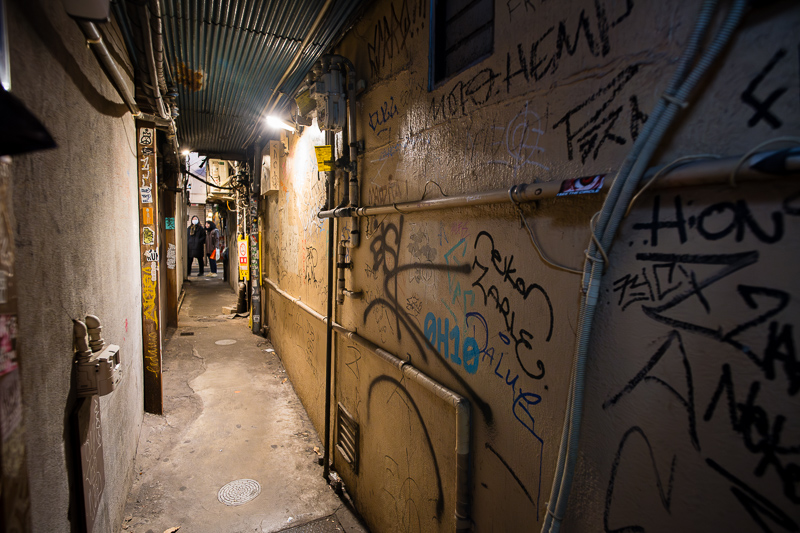
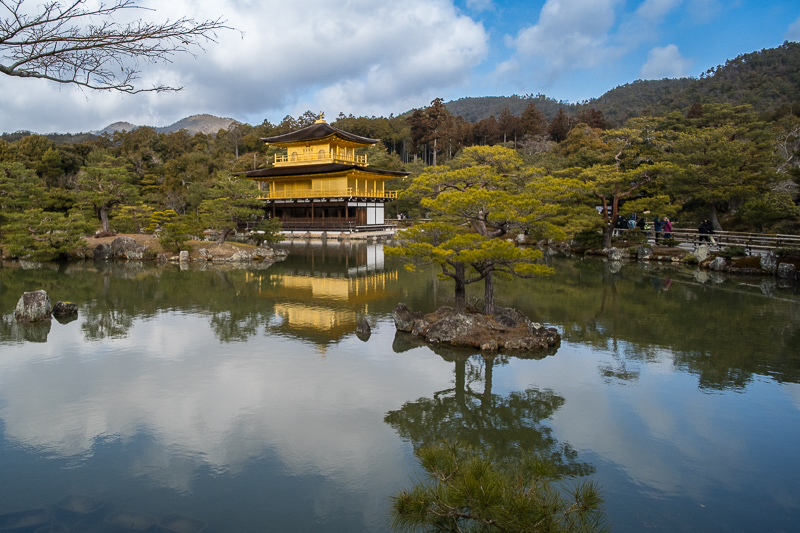


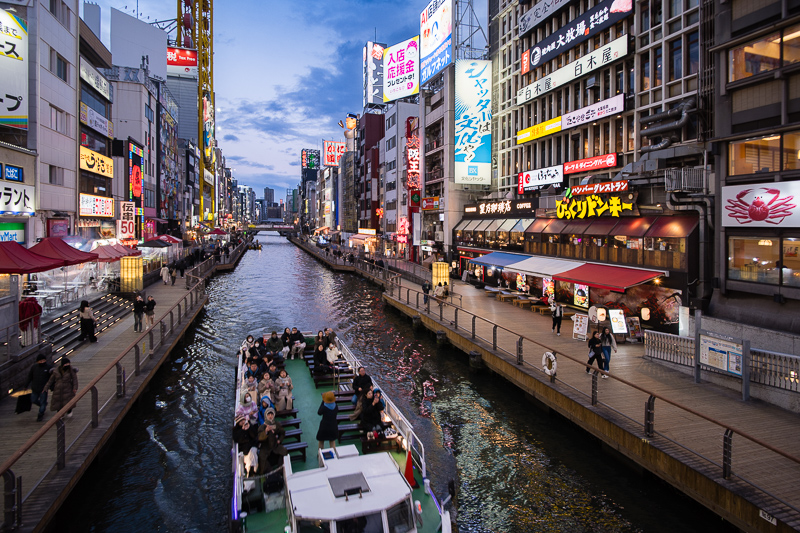
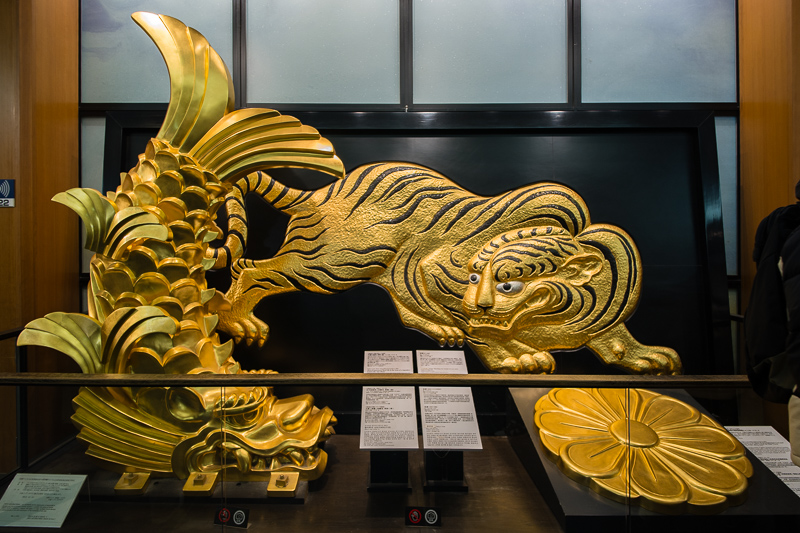
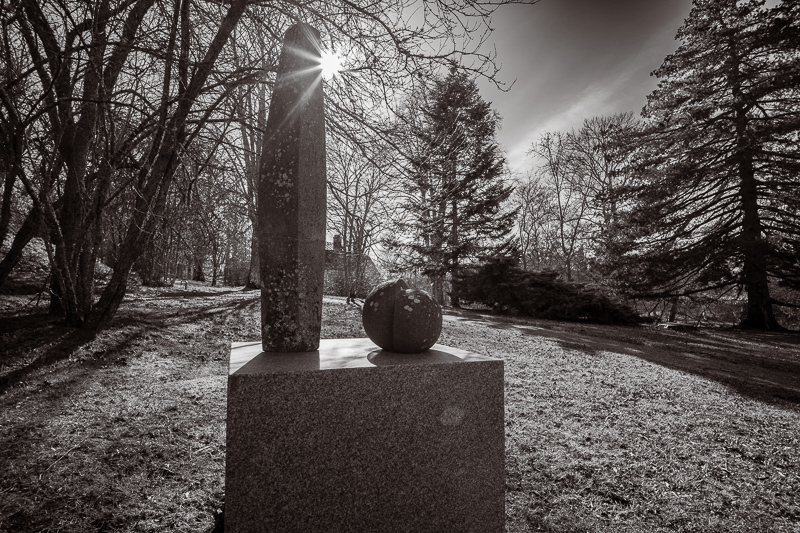
Most of the sample images in this review and many more can be found in higher resolution here.
Further Reading
- What camera gear and accessories do I use most frequently?
- REVIEW: TTArtisan 10mm f/2 (APS-C)
- REVIEW: NISI 9MM 2.8 APS-C
- REVIEW: LAOWA 9MM 2.8 APS-C
Support Us
Did you find this article useful or did you just like reading it? It took us a lot of time and money to prepare it for you. Use the Donate button to show your appreciation!
![]()

(Donations via Paypal or bank card)
What’s in my camera bag? MY 2024 KIT!!
- Main camera : https://amzn.to/3TsGtKg
- Camera grip : https://amzn.to/4e0G3CR
- Memory Card 1: https://amzn.to/47pA20i
- Memory Card 2 : https://amzn.to/3XHYxlZ
- Camera 2 : https://amzn.to/3Xifou8
- Camera grip: https://amzn.to/4dYYpV9
- Memory card 1: https://amzn.to/4e5h2H0
- Memory card 2: https://amzn.to/3zu7W7n
- Small travel tripod: https://amzn.to/4goIX68
- Mini tripod: https://amzn.to/4e09XXX
- Small shoulder bag: https://amzn.to/47tPMiY
- Medium shoulder bag: https://amzn.to/4ej4bjY
This site contains affiliate links, for which I may receive a small commission if you purchase via the links at no additional cost to you. This helps support the creation of future content.
Martin
Latest posts by Martin (see all)
- REVIEW: 7Artisans AF 24mm f/1.8 - January 4, 2026
- Analogue Photography: Part 4 – Ilford HP5 Plus at a Historical Engine Factory - December 3, 2025
- REVIEW: 7Artisans AF 10mm f/2.8 (APS-C) - November 30, 2025
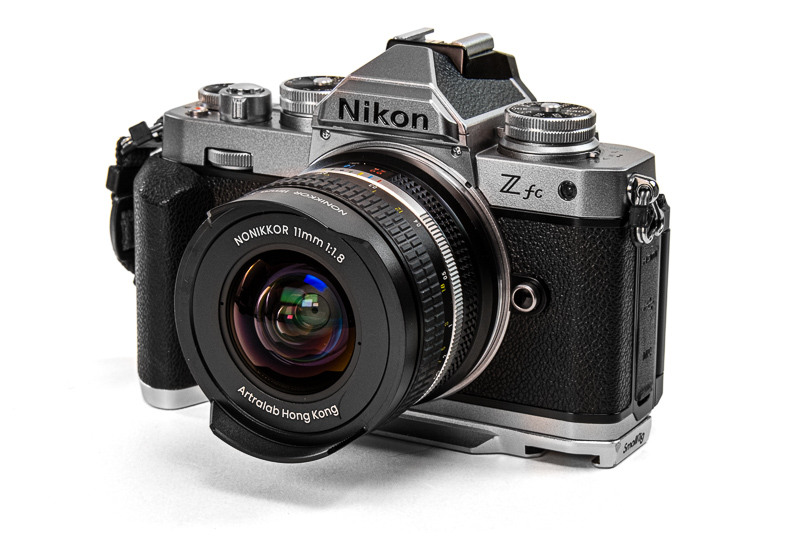
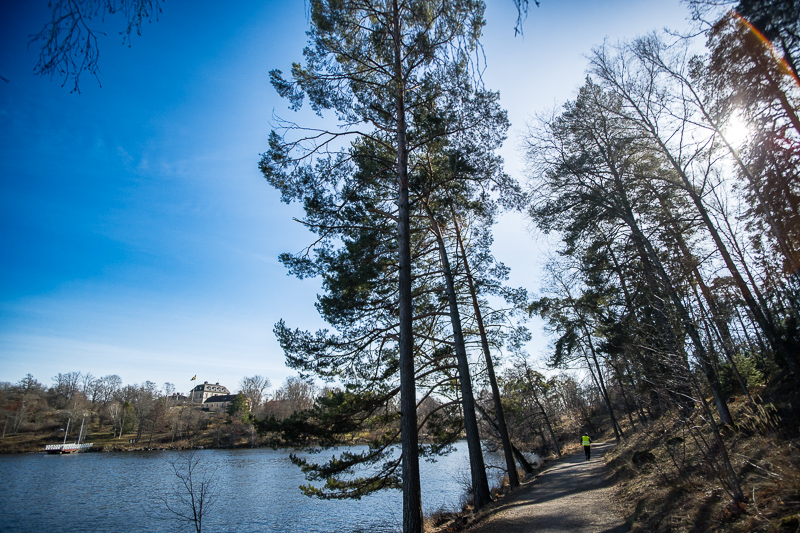
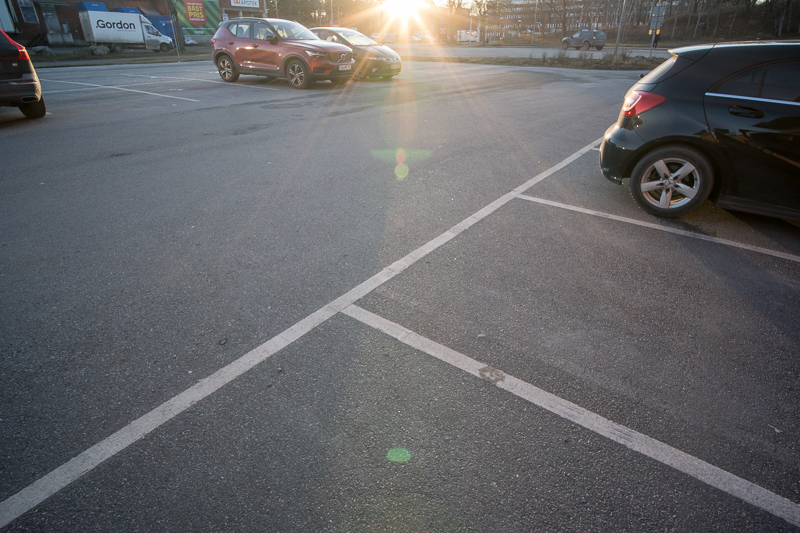
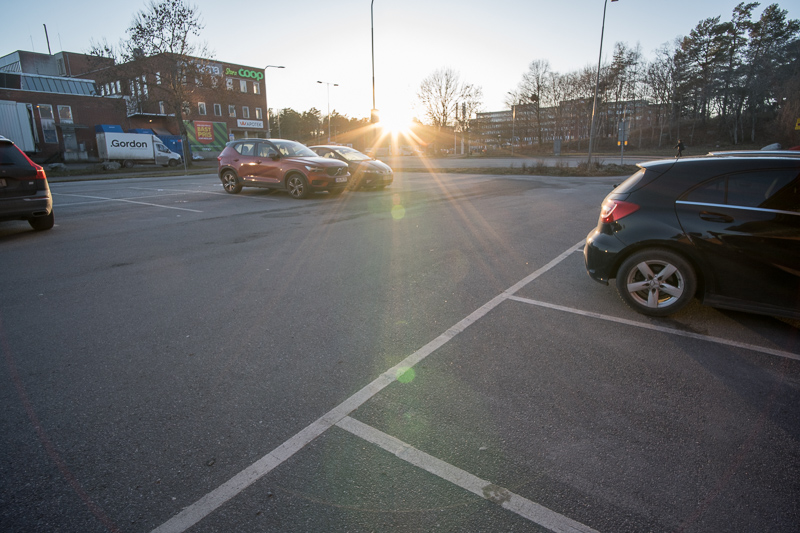

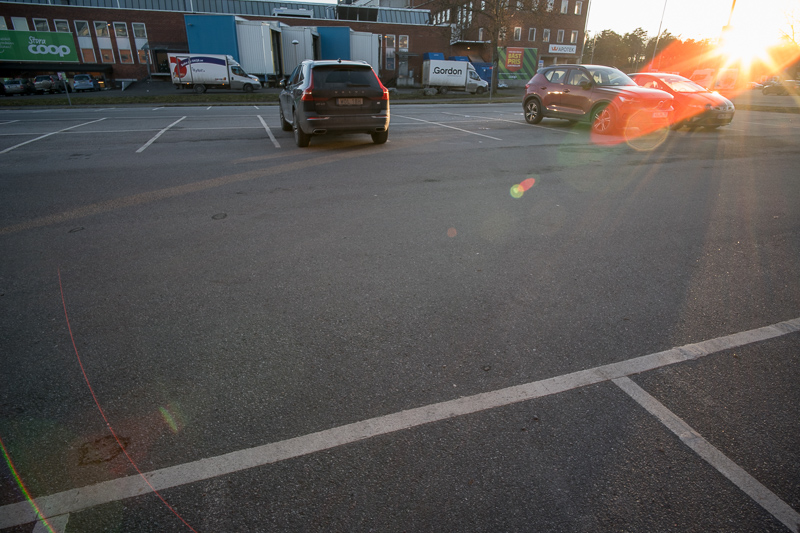

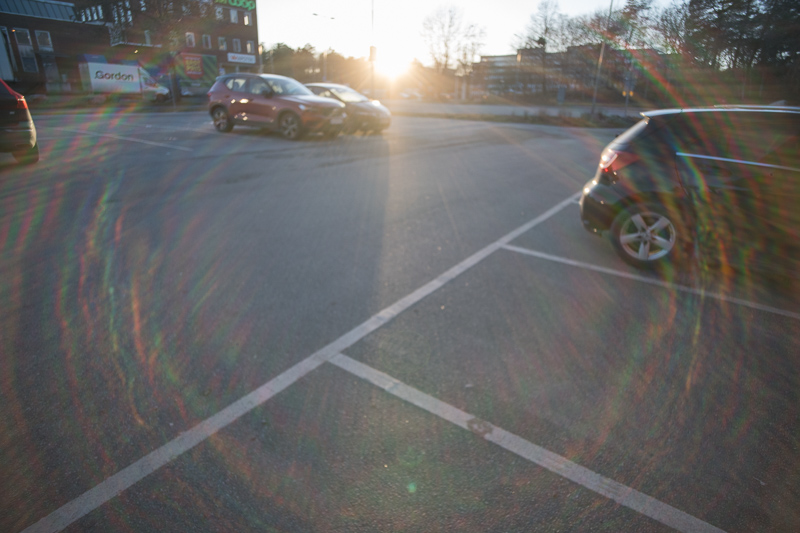
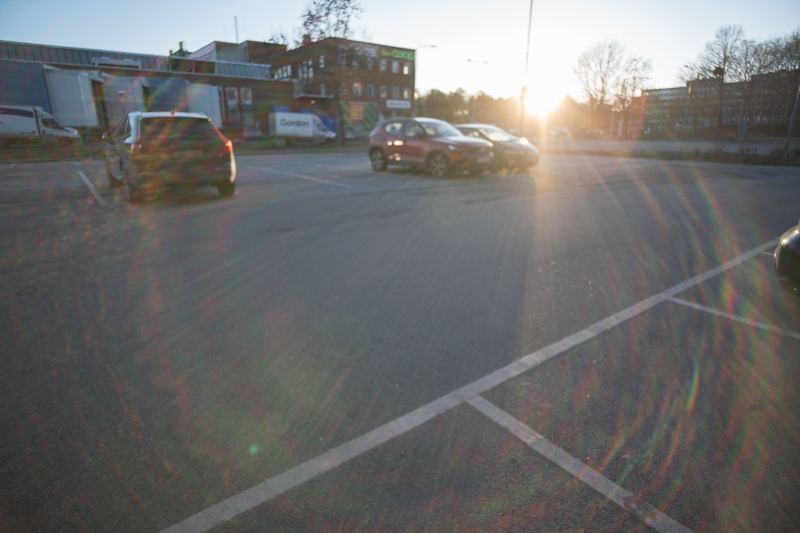


Just out of interest.
I bought their 35mm f1.4 and I thought it was a good lens but I ended up sending it back because the aperture setting were too far out. I could see it was way out just looking in the lens and exposure settings confirmed what I saw. I emailed them and they replied that they knew and that it was deliberate for aesthetic reasons. Unbelievable. I hope this one is better.
Such idiotic design is so disrespectful to any user. Every lens is a tool. I’ve never heard of a deliberate imprecision when creating a serious tool, because it looks cooler. Mistakes can be forgiven, as any other flaw (I’m sure many lenses exhibit this to a certain extent, and it’s often mentioned in the reviews here too), but this is something else.
I’ve no reason to doubt you, so it seems that they even more of a hipster brand than I thought. And I like the idea of recreating old lenses (I’ve bought some).
Looking at the aperture ring and what Martin wrote about the transmission this one looks no better than the 35mm 1.4 in that regard.
I’m not convinced that the 35mm was f1.4 but on stopping down things got ridiculous and the lens was effectively limited to f8 stopped fully down. You can remember what the settings are in reality easily enough but being limited to f8 at an indicated f16 could be a limitation and there was no way past it. Such as shame as performance wide open was IMO very good but aperture accuracy wise it made the Pergear 35mm f1.4 look like a Swiss watch.
Alan, not sure what “aperture setting were too far out” means – were the aperture values incorrect (not what the number indicates) in that lens also?
It seems these lenses are made very much with form over function attitude, as they even have two differently styled variants of the 50/1.4. But sure, the aperture should still work correctly.
…meant 35/1.4
The aperture marking on the 35mm f1.4 were not accurate and wildly out. You could see just looking into the lens and the exposure values and DoF confirmed this. I tried two copies and tried emailing the company, at first I got no reply but a rather snotty email did prompt the reply that the marked apertures being inaccurate was deliberate for aesthetic reasons. Such a shame.
Hello Martin. I have a question regarding your sharpness test at infinity :
do you always focus on the center, or do you focus on the center for the center crop, on the midframe for the midframe crop, on the corner for the corner crops ?
So in the end, are the crops the best results possible for each area, or the result of a focus in the center ?
Hello, always based on focus at the centre, since there should not be any difference where I focus when the target is near infinity, it is the same distance, especially as I choose subjects that have all test points on the same plane. Unless there is a serious issue with the focal plane of the lens that does not depict the image on a flat plane on the sensor, like lenses with exaggerated field curvature or when using range finder wide-angle lenses on a mirrorless SLR. Besides, in this specific case, as it is an ultra-wide angle, the DoF is so large that at distances beyond 1-2 m, it makes no difference.
I’m not sure that I fully agree with your statements about sharpness at infinity, focal plane and field curvature (I don’t focus my sigma 14-24 in the center for instance, even at infinity), but thanks for the reply. I always wondered what was the procedure here.